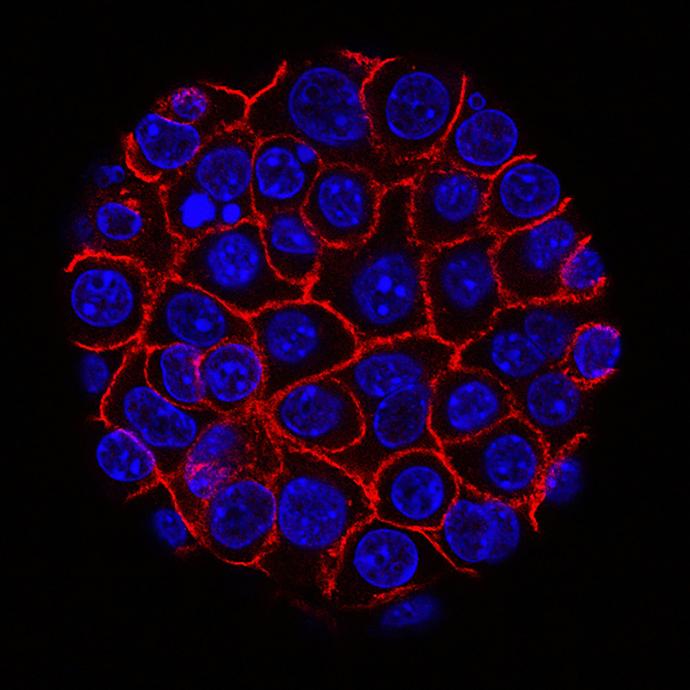Research
- Home >
- Technologies >
-
Connexins in Mouse and Human Stem Cell Pluripotency

RESEARCH
Connexins in Mouse and Human Stem Cell Pluripotency
Long-term vision: Defining the role of cell-cell communication in the early embryo and throughout development; in the establishment and maintenance of pluripotent stem cells, during cellular reprogramming, lineage commitment and terminal cell fate specification.***Overview: Pluripotent stem cells possess the ability to differentiate into any cell type in the body. Cellular communication is essential for coordinating the complex events necessary for stem cell survival, pluripotency and cell fate specification. Gap junctional intercellular communication (GJIC) enables direct signaling between neighboring cells through closely associated connexin hemichannels. The role of GJIC in pluripotent stem cells is controversial: connexins appear to be dispensable in mouse stem cells, but are conversely essential in human pluripotent stem cells. We now know that human and mouse stem cells inherently exist in different pluripotency states in vitro. Mouse stem cells innately exist in the pluripotent “nave” ground state while human pluripotent stem cells exist in a more developmentally advanced state which is “primed” for differentiation. We have found that pharmacological GJIC inhibition kills primed human stem cells but not nave. Several connexin isoforms (Cx30.3, Cx40, Cx43) are differentially expressed in nave and primed pluripotent stem cells, suggesting cooperativity between isoforms. ***Short term objectives: We hypothesize that GJIC is dispensable in nave pluripotent stem cells but becomes essential as cells are primed for differentiation. We will examine the expression and function of connexins (1) in nave and primed mouse and human pluripotent stem cells and (2) during early and late differentiation events of these pluripotent stem cells.***Aim1: Investigate connexin expression and function in differing states of stem cell pluripotency. We will examine stem cell proliferation, apoptosis and pluripotency in connexin knockout stem cells using CRISPR-Cas9 gene ablation. We expect that nave stem cells will tolerate complete connexin gene ablation while primed cells will die and/or lose their pluripotency potential. ***Aim2: Investigate connexin expression and function during early and late in vitro differentiation. Control and connexin-ablated stem cells will be differentiated toward the three embryonic germ layers as well as multipotent stem cells. Differentiation into specialized cell types will evaluate how GJIC coordinates events leading to terminal cell fate specification. We expect that Cx-ablated stem cells will exhibit altered differentiation potential. ***Significance: My long term vision of understanding the basic molecular mechanisms governing cell-cell communication is essential to unlocking the potential of mouse and human pluripotent stem cells. These studies represent important gaps in stem cell biology and uncovering basic mechanisms of GJIC during cell fate specification will broaden our appreciation of the fundamental role of gap junctions.

To view more project details and submit an expression of interest
Explore more projects
Solutions to Business Technological Challenges

